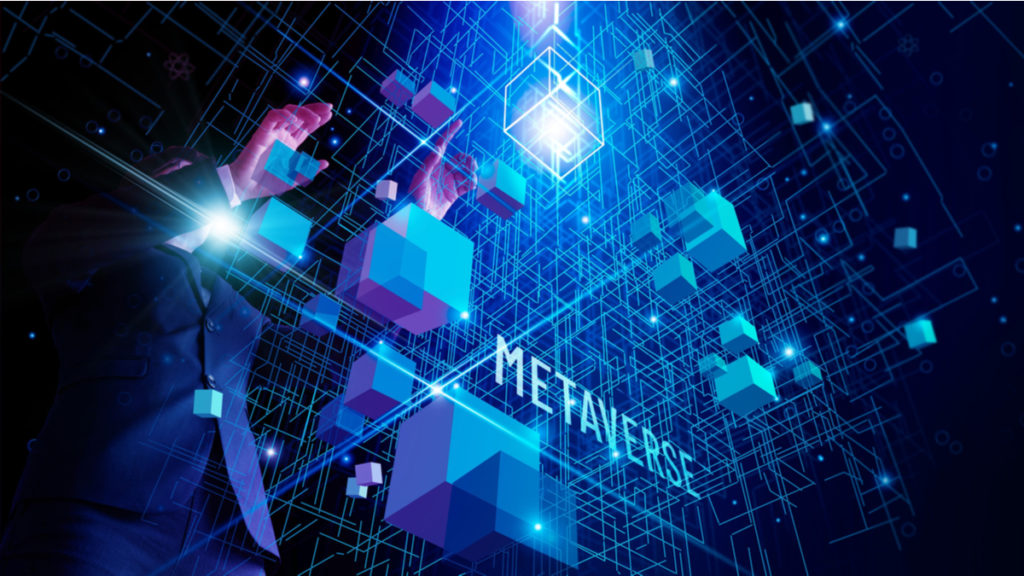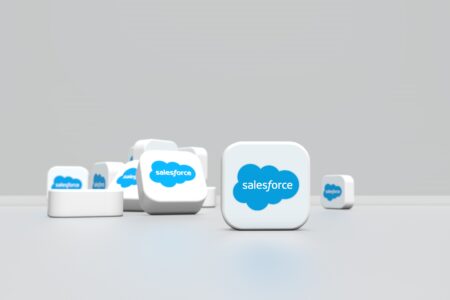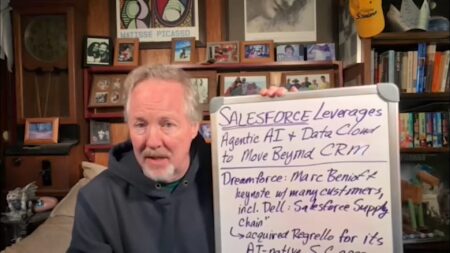
As CEO of the company that will exert more influence than any other in shaping and defining this new “metaverse” phenomenon, Microsoft’s Satya Nadella called the metaverse “the next wave of the internet” and said it will “digitize people, places, and things.”
While the term has lately been kicked around more frequently than theories on whether Tom Brady will retire, the “metaverse” is clearly an idea with staggering potential in spite of being, for most of us, either very poorly understood or not understood at all.
And since Nadella and Microsoft are clearly bullishly intent on playing an enormous role in nurturing the metathing from very early stage concept into blockbuster category, I thought it would be helpful to hear directly from Nadella on what he thinks it is and can become.
So, from Microsoft’s Jan. 26 fiscal-Q2 earnings call, here are several perspectives from Nadella on the metaverse—and you will note that while he certainly expresses great optimism for its potential in the business world, Nadella is equally bullish on what the metaverse will mean in the gaming world as well. Of course, if you’d just signed up to spend $69 billion in cash on a gaming company as Nadella has, then you’d darn well better be talking up its future prospects!
Perspectives on the Metaverse
“As the digital and physical worlds come together, we are seeing real enterprise metaverse usage. From smart factories to smart buildings to smart cities, we are helping organizations use the combination of Azure IoT, Digital Twins, and Mesh to help digitize people, places, and things in order to visualize, simulate, and analyze any business process,” Nadella said (emphasis added). “Ecolab, for example, is using these tools to build its own platform to model and optimize water management.”
Note to self: Nadella focused on the ultimate target being “business process” (or, for gamers, I would imagine the target would be a wildly enriched gaming experience). And since Dynamics 365 is the Microsoft solution for managing digital-age processess, I think we’ll see a D365 connection coming up soon.
Later, as he touched on results from and recent developments within Microsoft’s leading product lines, Nadella described the ways in which the company’s high- growth Teams collaboration tools will help drive the metaverse opportunity. “With Teams Rooms, we’re bringing Teams to a growing ecosystem of devices to help people stay connected and participate fully in meetings from anywhere,” Nadella said. “And with Mesh for Teams, we’re bringing the metaverse to Teams, helping employees at organizations like Accenture access a shared immersive experience where they can have watercooler-type conversations, and even whiteboarding sessions.”
Note to self: “shared immersive experience” seems to be a big metaverse thing. Not just immersive and not just shared, but both.
Microsoft’s CEO—who this week begins his ninth year in that role—then outlined metaverse as a “platform” for gaming.
“With our planned acquisition of Activision Blizzard, announced last week, we are investing to make it easier for people to play great games wherever, whenever, and however they want, and also shape what comes next for gaming as platforms like the metaverse develop,” Nadella said (emphasis added).
Later in the call, during the Q&A portion, one of the analysts’ question stood out to me as an example of just how murky and poorly understood “the metaverse” is. But at the same time, the question also underscored the need for businesses to be aggressive in coming to grips with it and jumping into it as quickly as possible!
The question was from analyst Mark Moerdler of Sanford C. Bernstein. Moerdler analyzes all the major cloud players and, in my estimation, is extremely bright and eloquent and well-informed, and can always be counted on to ask thoughtful questions. But as he tried to discern through the fog the still-fuzzy shape of the metaverse, Moerdler’s question revealed the vast range of uncertainty and confusion surrounding the concept, even among people with massive incentives to understand these new things as early and as clearly as possible.
Here’s what Moerdler asked Nadella: “Satya, given all the commentary on the metaverse, what are the key components of the metaverse or the multiple metaverses that you’re seeing? What is — what does Microsoft have that’s — today that they’re positioned to be able to deliver to meet those requirements, and what do you believe you might be lacking if the partner ecosystem meets those requirements? And to Amy [CFO Amy Hood], with the hype cycle underway and increased industry interest in the metaverse, are you changing your investments to meet the potential opportunity?”
Now, call me crazy, but I get the sense that in a less-formal setting Moerdler might have simply asked, “Satya, what the hell is this metaverse thing, and how should we think about it?” But the range and breadth of Moerdler’s inquiries inspired Nadella to paint with a fairly broad brush, resulting in a reply that I think is fairly helpful.
“We see this is as an opportunity in a very classic Microsoft sense, both at the platform infrastructure level and in the application level,” Nadella said.
“So that’s why, I think, even in my remarks, I tried to reference all the places where we are investing today and seeing customer use cases really develop.
“The first place where we see this”—and here comes the “people, places, and things” concept again—“is the increasing digitization of people, places, and things to be able to really help businesses automate processes to the next level,” he said. Nadella then touched on the ways Azure will touch the metaverse via Azure IoT, Digital Twins, and Mesh, and as a result, Microsoft is “investing significantly” there.
Then things got really interesting as Nadella said this new world has triggered the launch of what he called “a complete new software category.”
“Up the stack, it will be Dynamics 365 Connected Spaces, which is a solution that’s in preview today. That’s about really being able to take a retail space or a connected factory or a building and essentially create a completely new software category, which is about managing physical processes,” he said.
“Just like CRM and ERP and supply chain management, we now have a suite, which is all driven by connected spaces, which is going to automate physical processes. Teams is going to have Mesh meetings or these immersive meetings, which will start, first of all, on 2D screens, whether it’s PCs or phones, and then lead up to even immersive experiences if you wear your VR or AR goggles. So that’s another place.
“And then, of course, gaming will be a natural place for us. And today, if you think about the activity when I talked about earlier, I mean, that’s a place where you could say already people are investing in their avatars, people are building Minecraft worlds,” Nadella explained.
“And so very naturally, you can see us extend gaming as the metaverse evolves. On the devices side, one of the things we are very excited to be doing is what we’re doing with HoloLens and all the experience we’re gaining on the optics, on the silicon side, and all the way to the cloud in terms of some of the foundational services driven by all the HoloLens use cases in the enterprise.”
One thing that came through to me very clearly: the metaverse as Nadella sees it is an unbroken continuum spanning our personal lives and our professional lives, with suitably different applications and engagement opportunities and solutions along the way. And he made that clear as he kicked open the door to what “the next wave of the internet” will be all about. “We’re going to invest across the entire tech stack,” he said.
“The demand will come in different forms for different categories, but we feel very well positioned to be able to catch what, I think, is essentially the next wave of the internet, right?
“Just like the first wave of the internet allowed everybody to build a website, I think the next wave of the internet will be a more open world where people can build their own metaverse world, whether they’re organizations or game developers or anyone else.”
Final Thoughts
The future is what we make it. As I discovered in painful ways back in my school days/daze, the inability to understand something fully and clearly did not absolve me from having to either figure it out or face the consequences. I think that’s the case with this metaverse: none of us dare wait to jump in until we think we fully grasp it and completely understand what it is. Because that’s the price of poker here in the Acceleration Economy.









